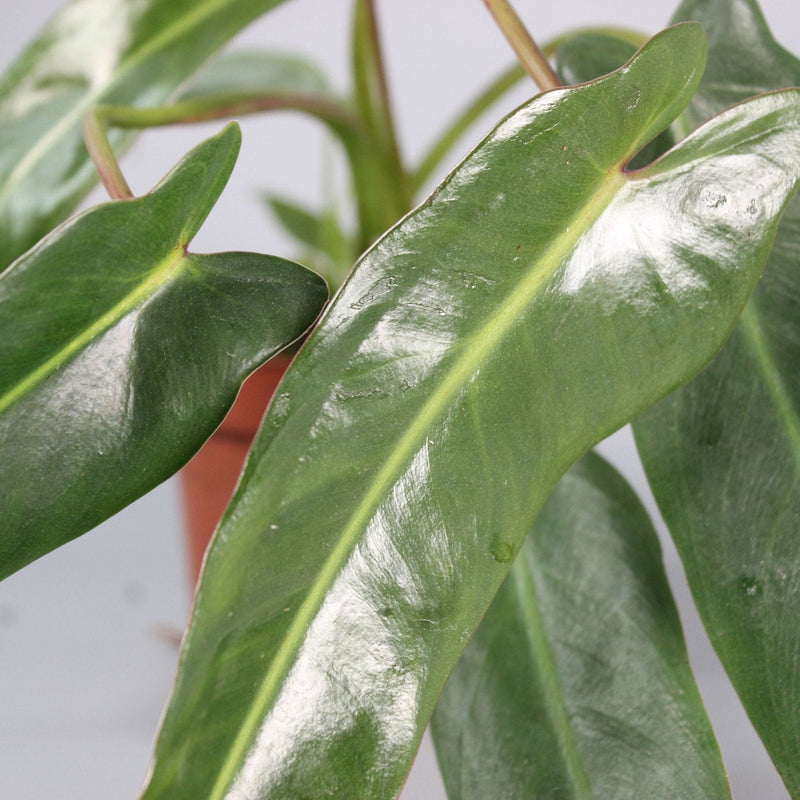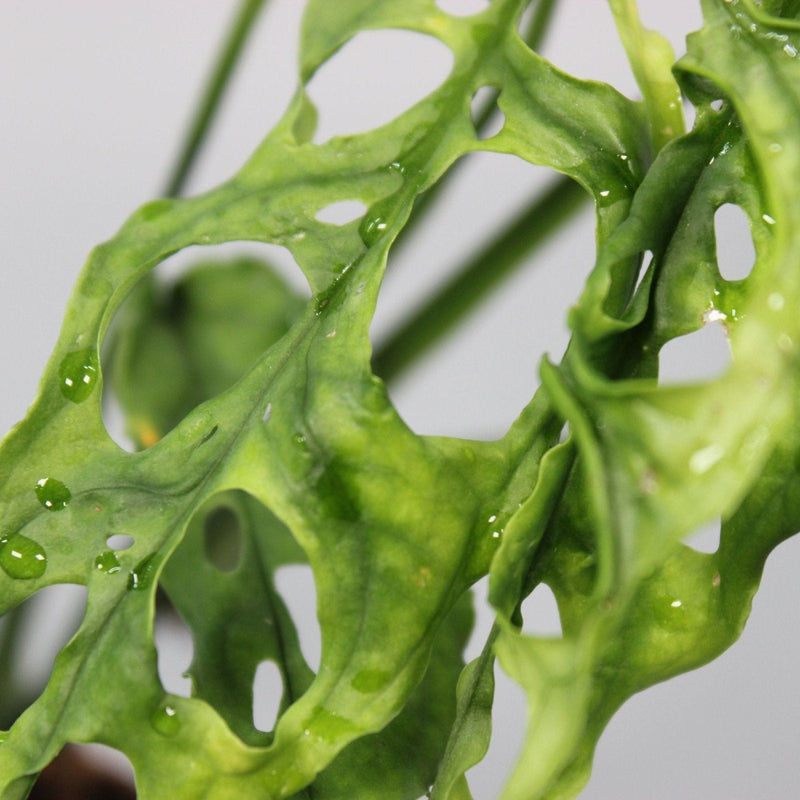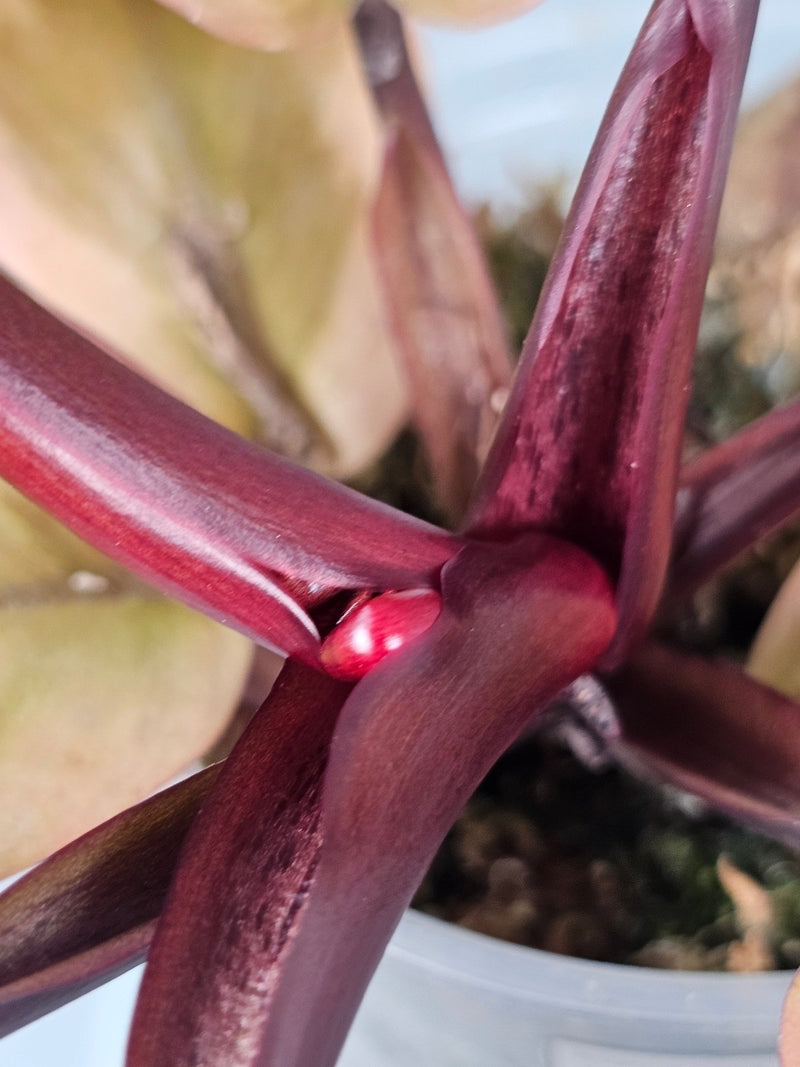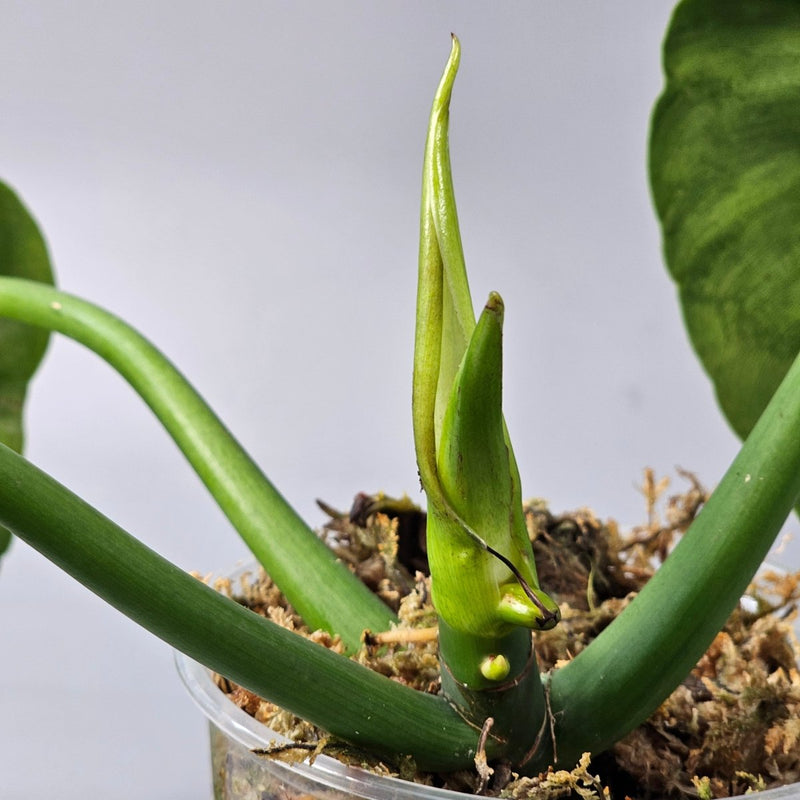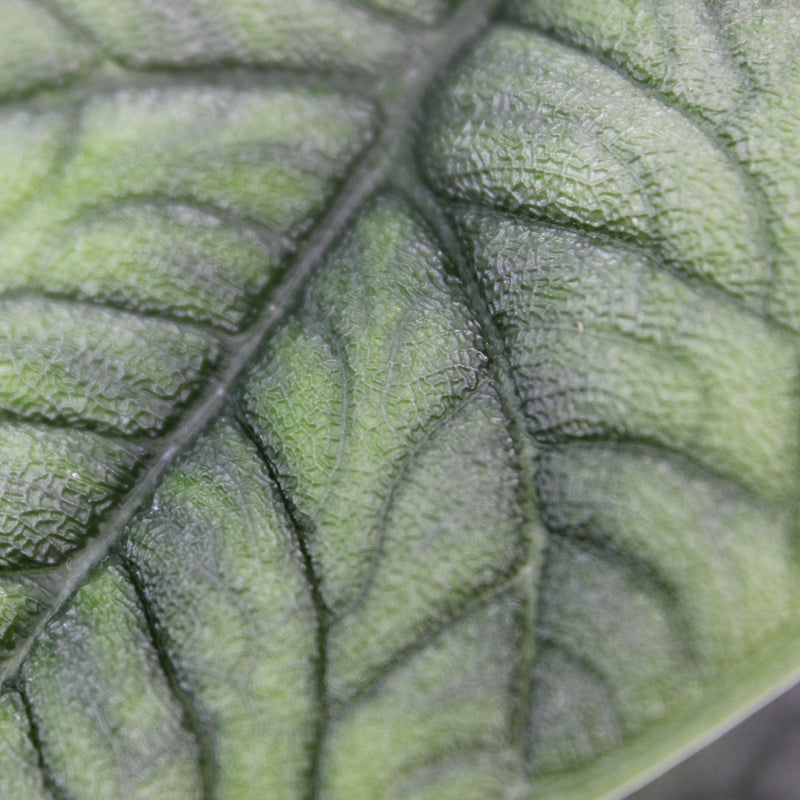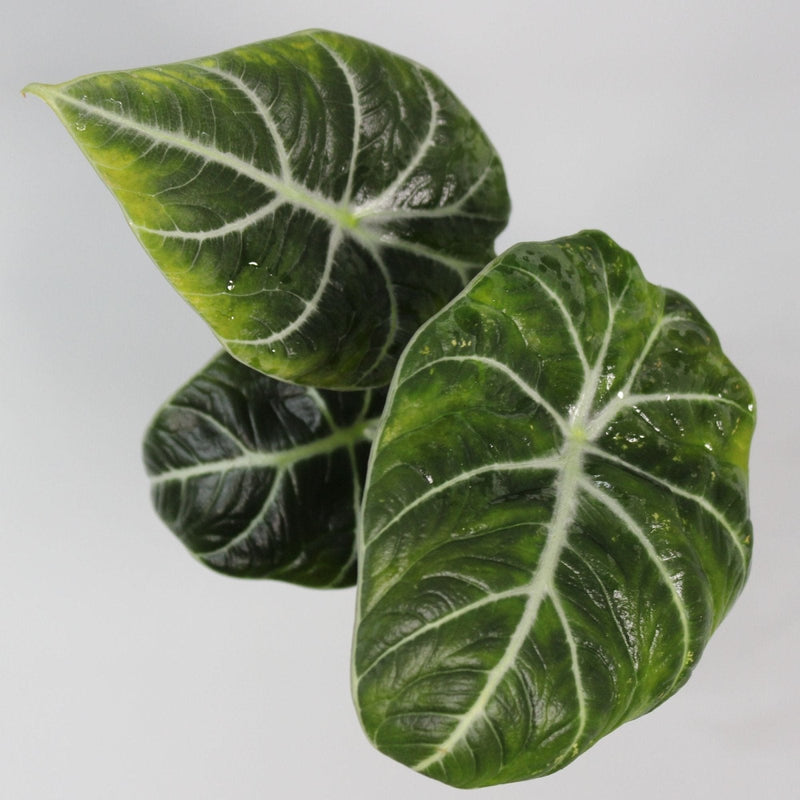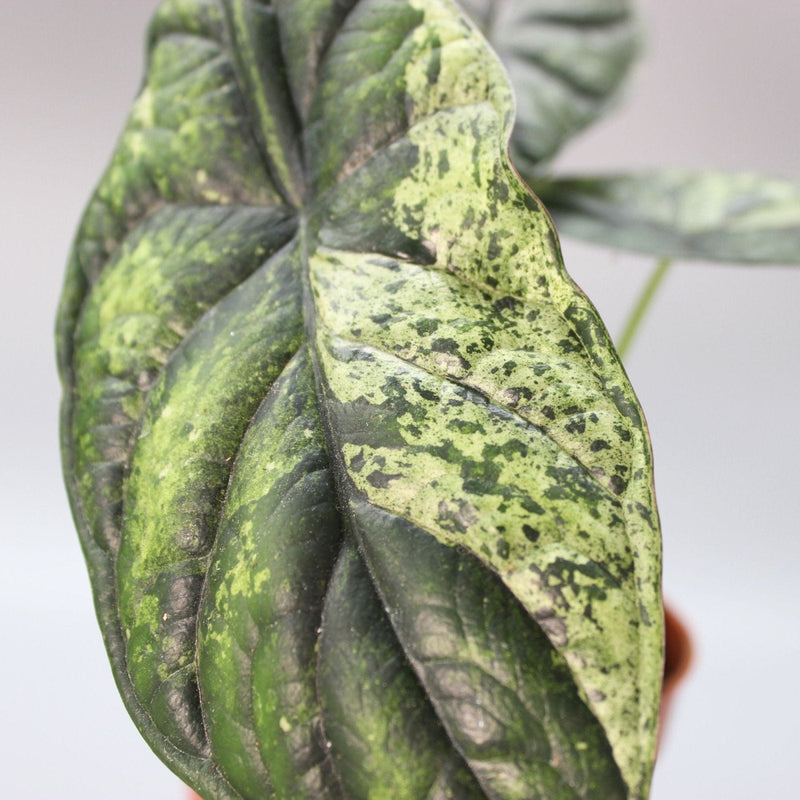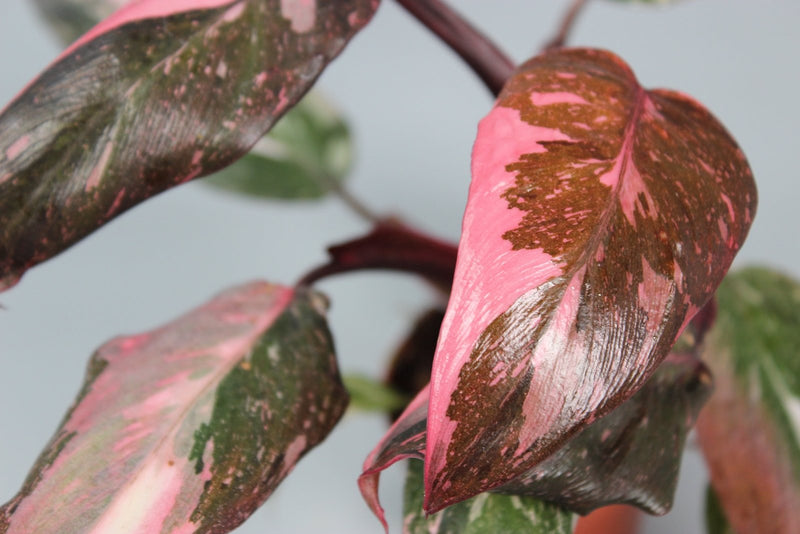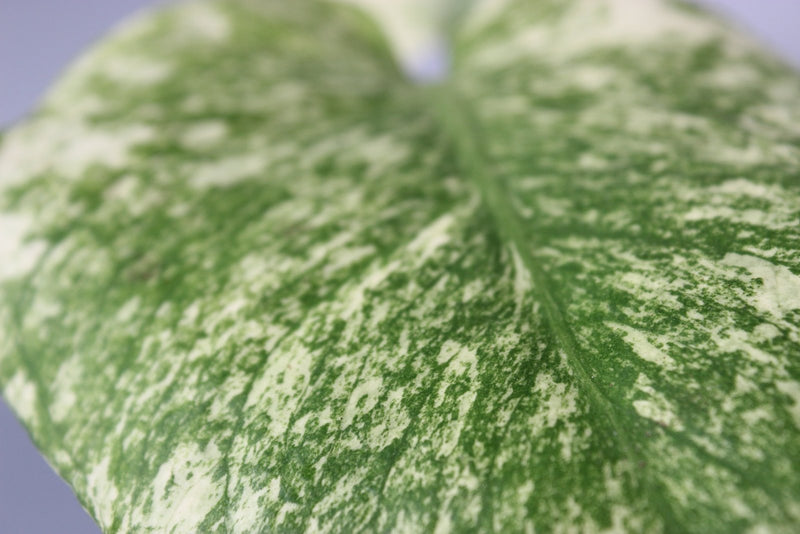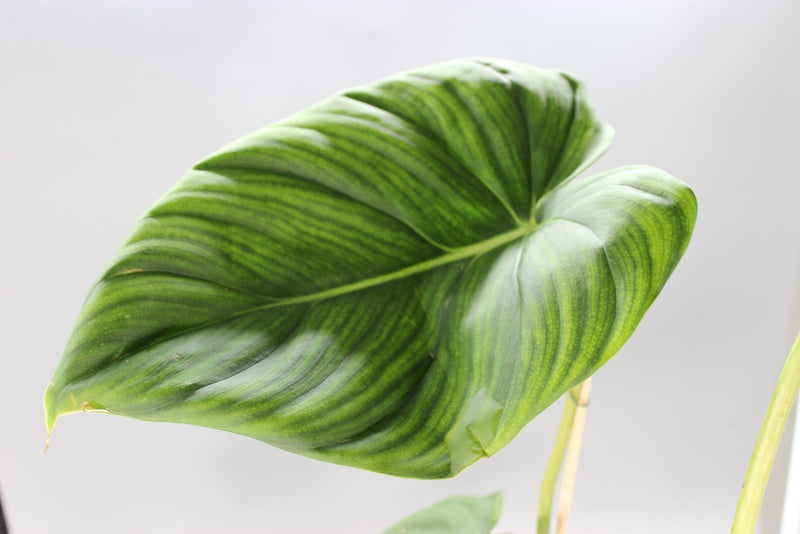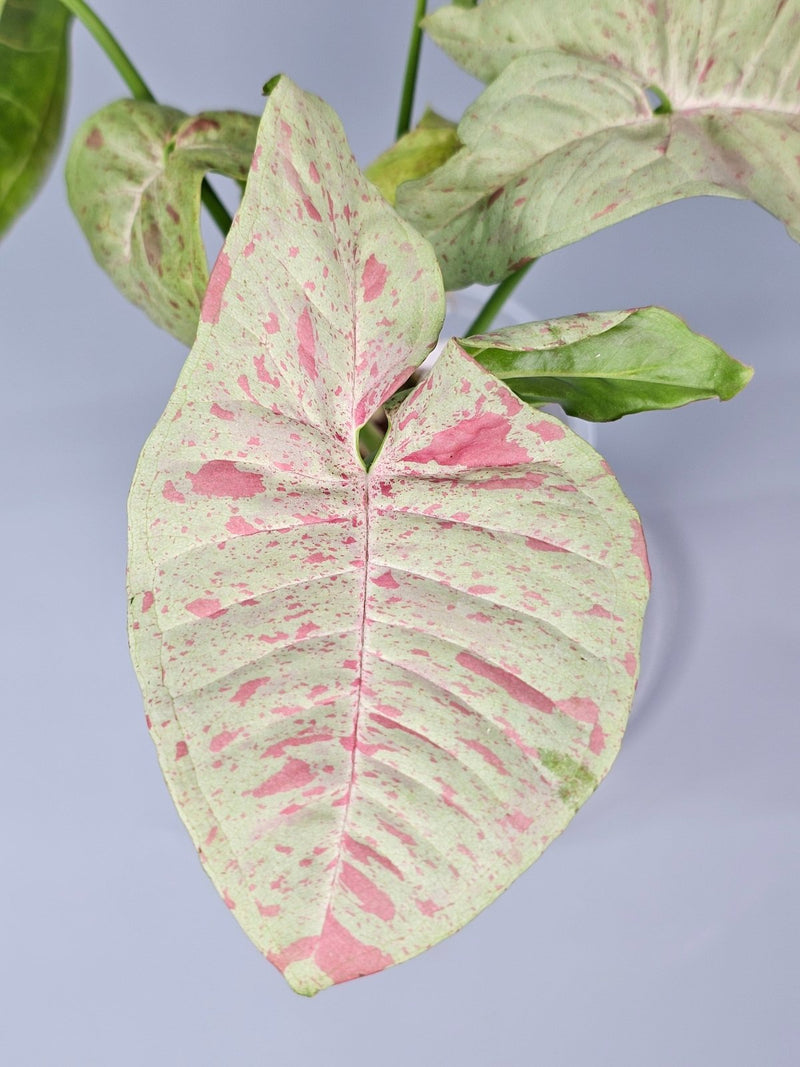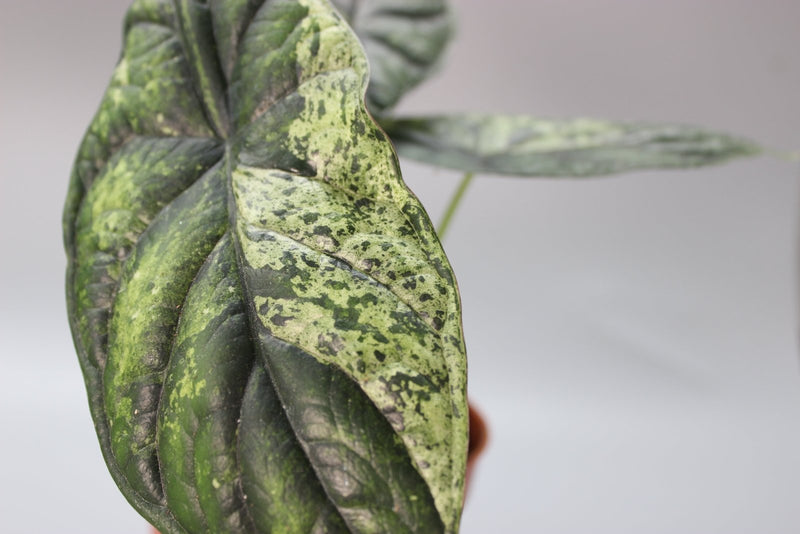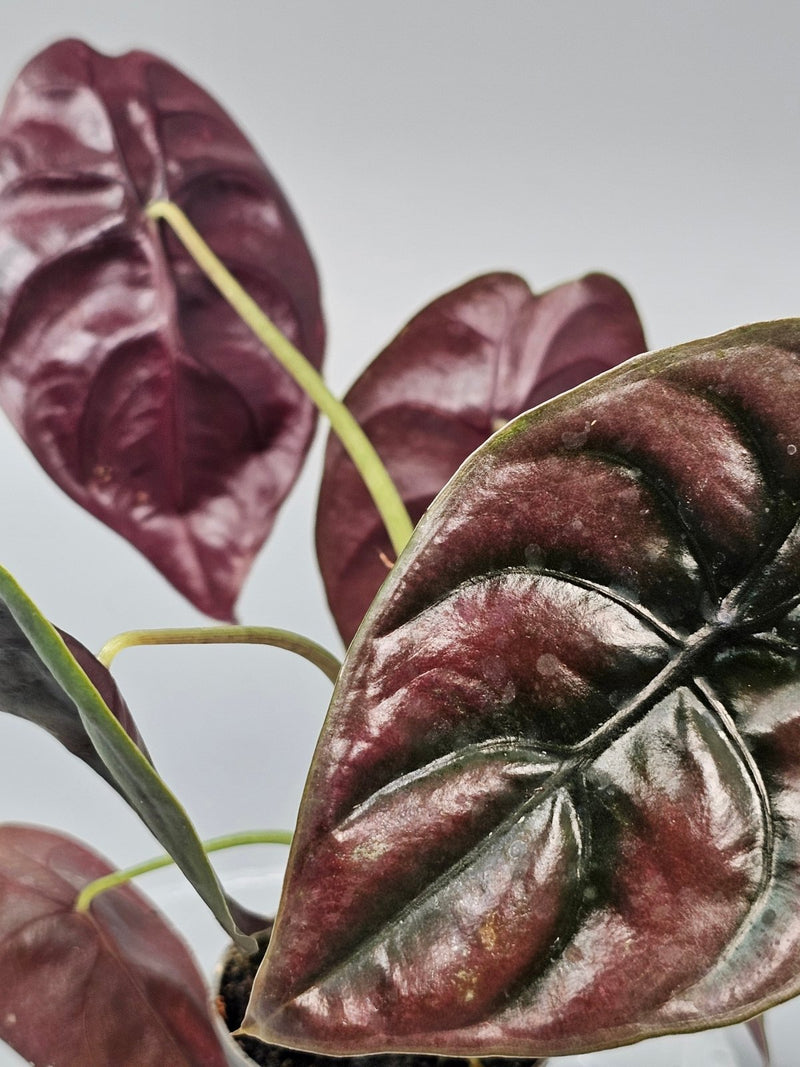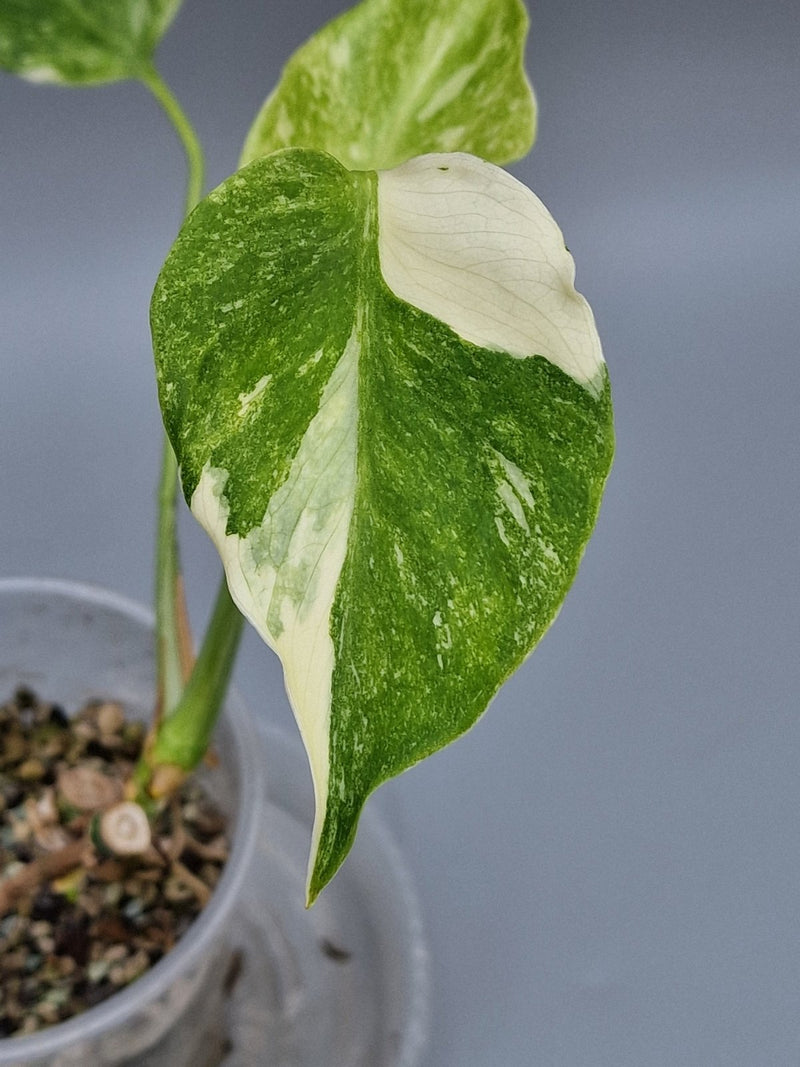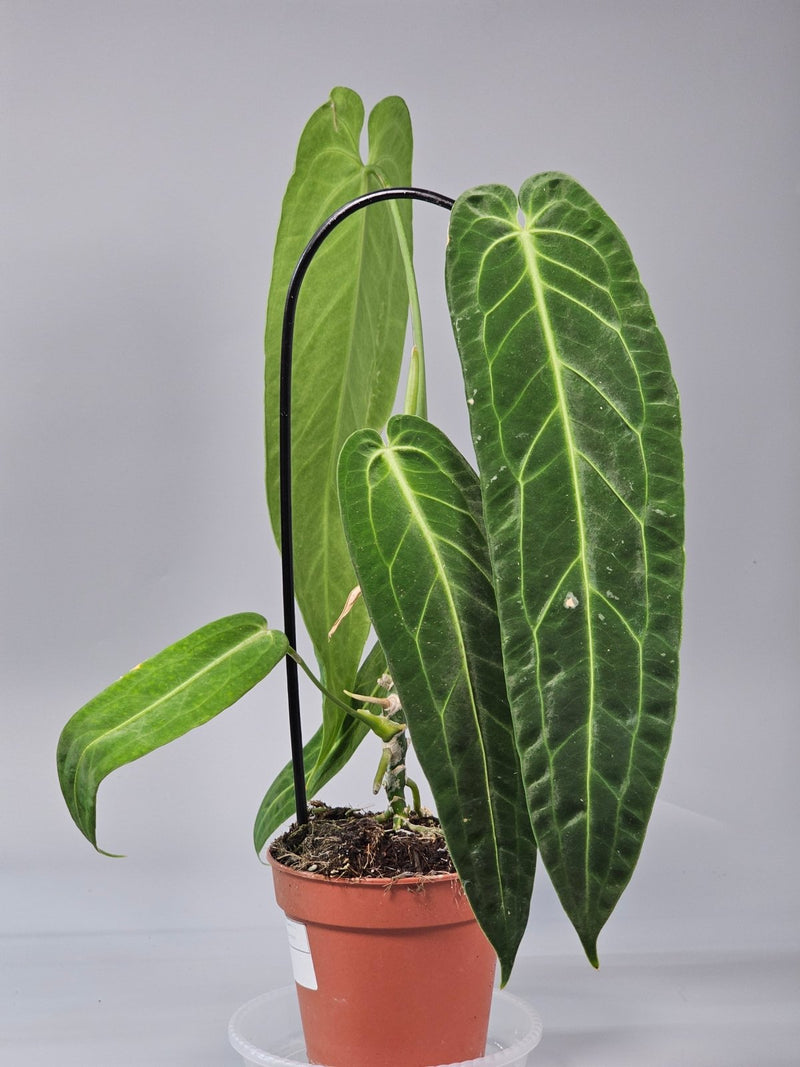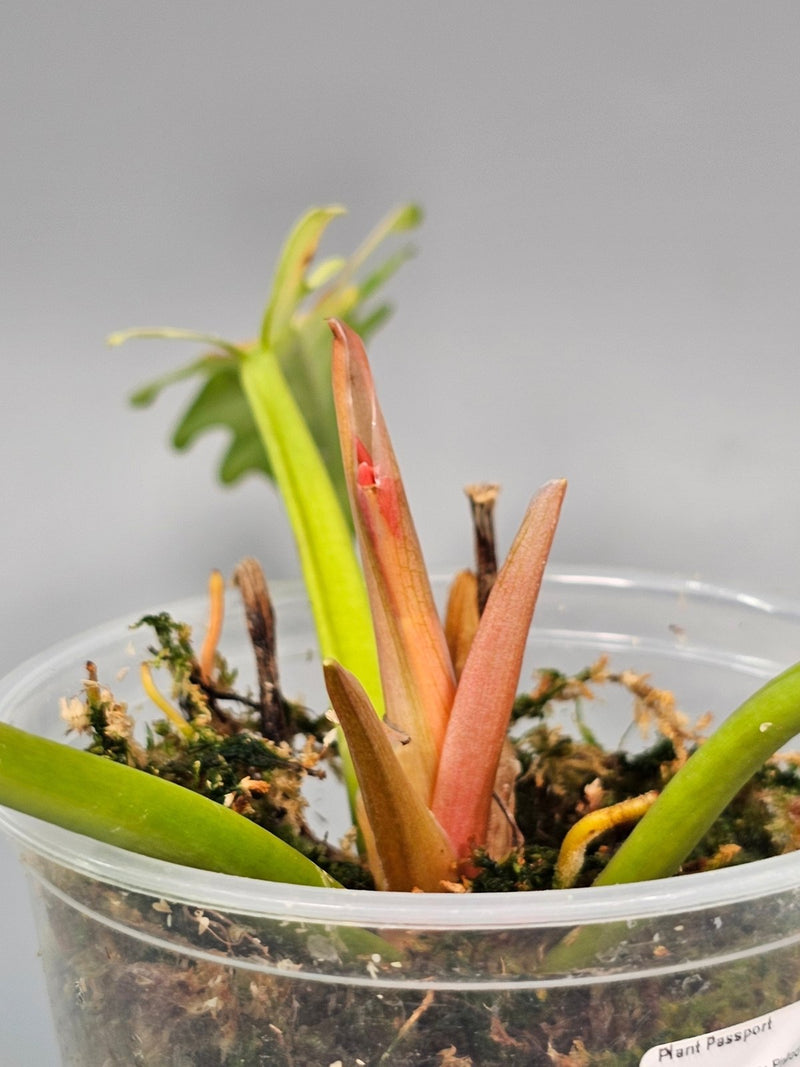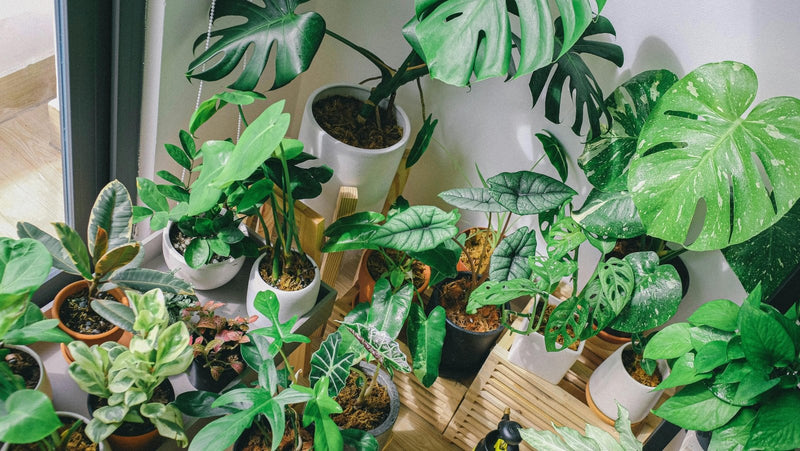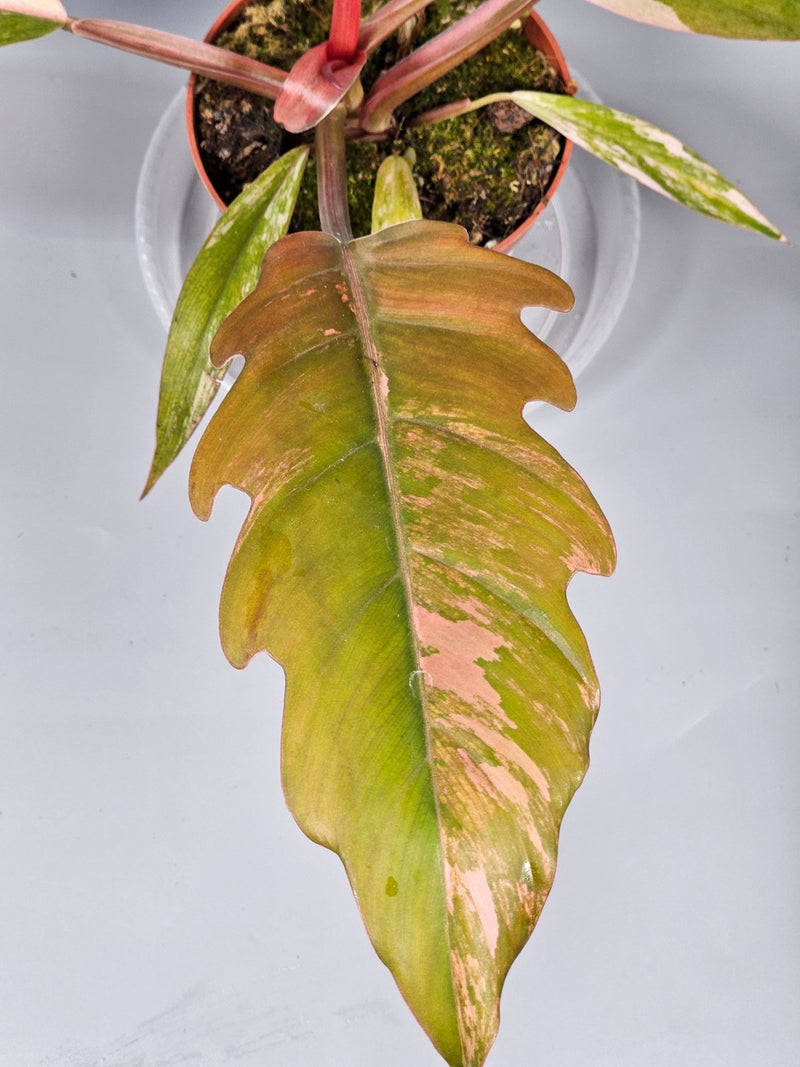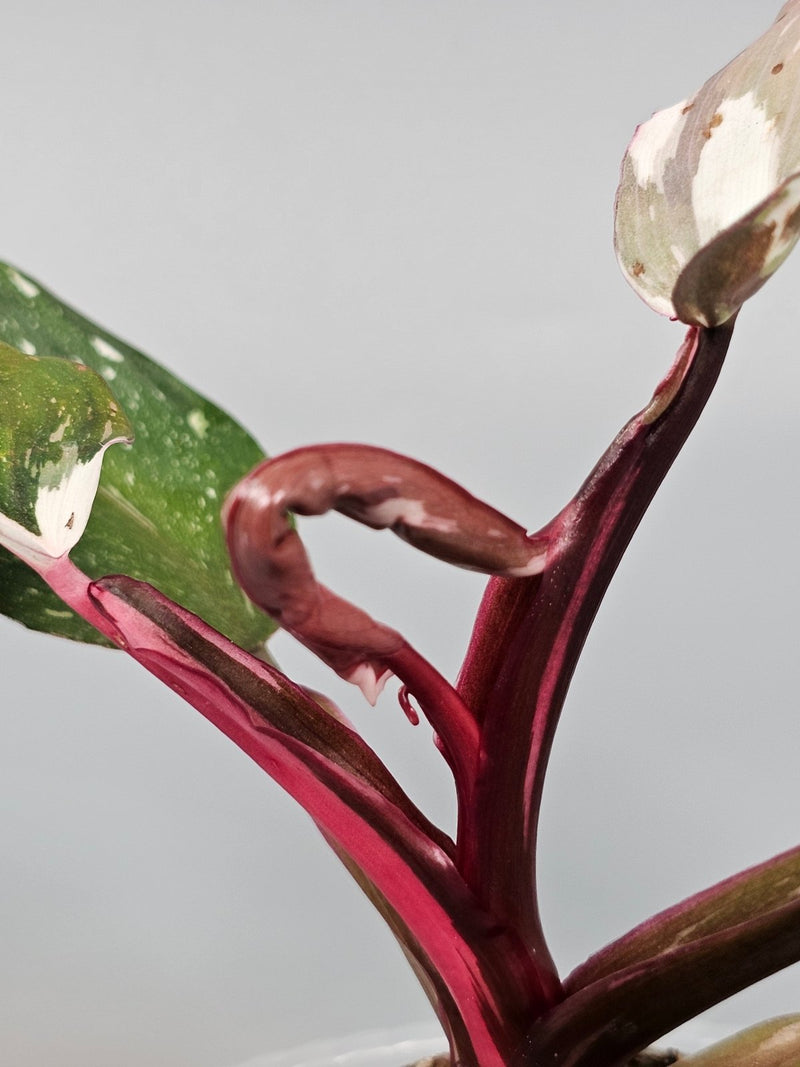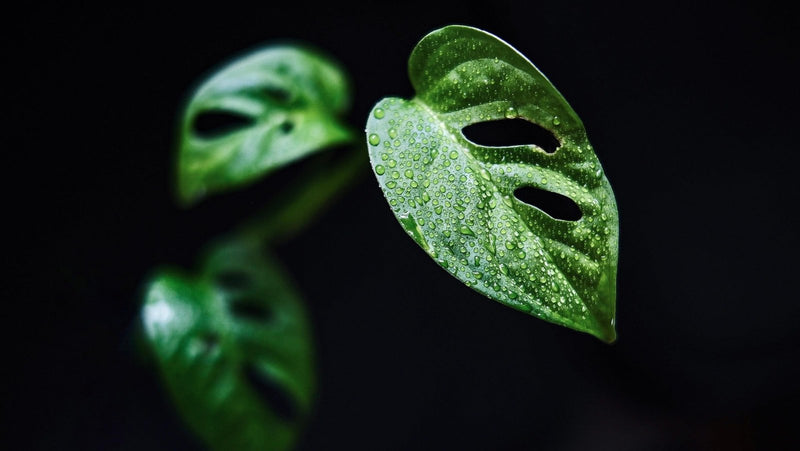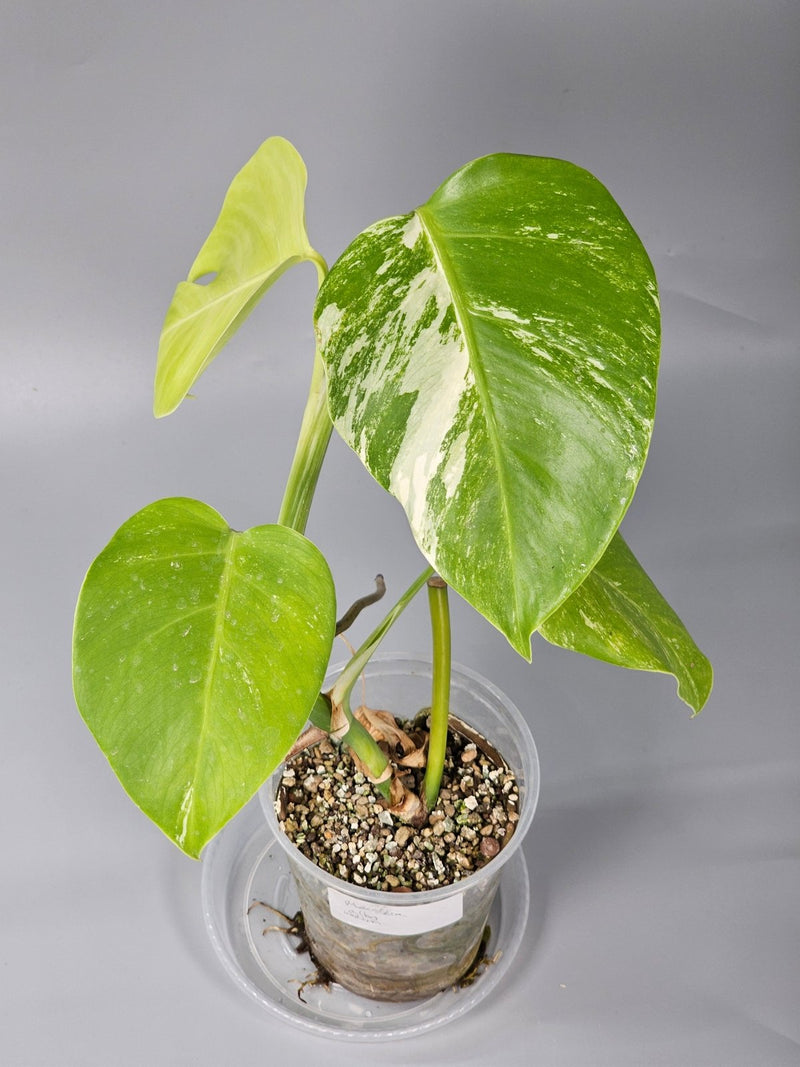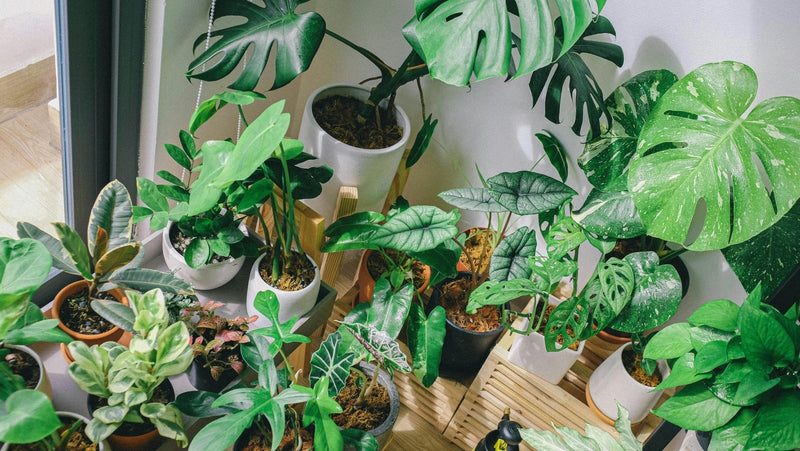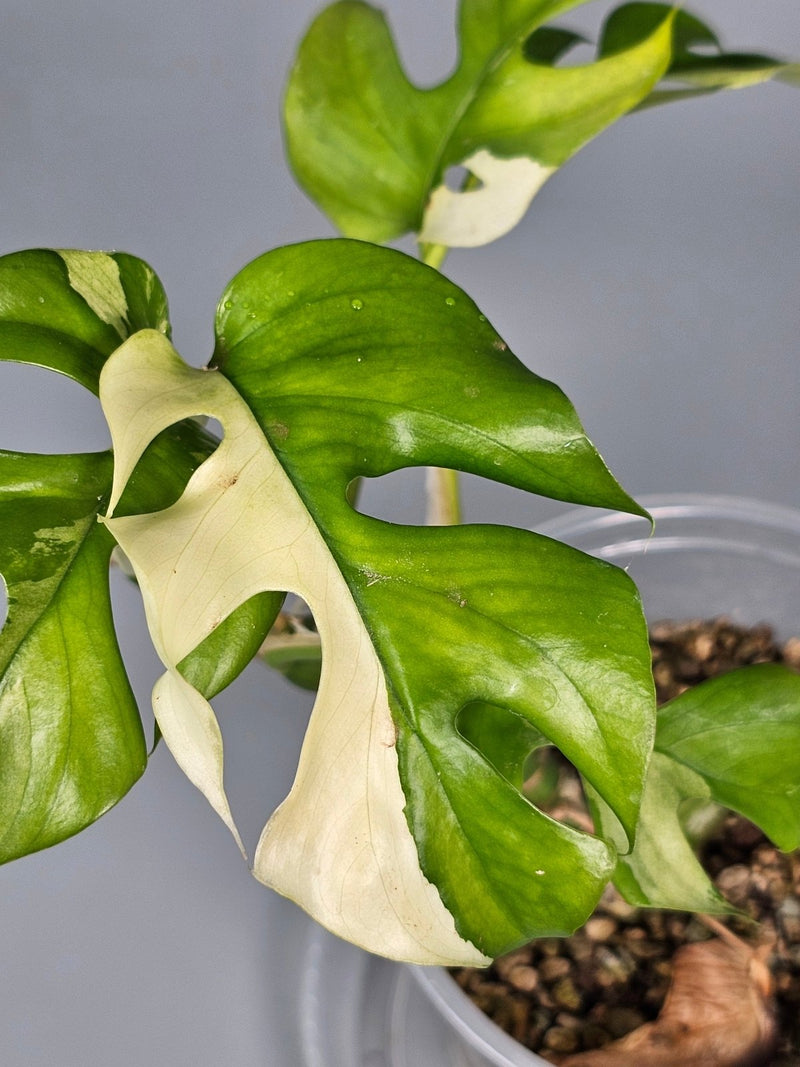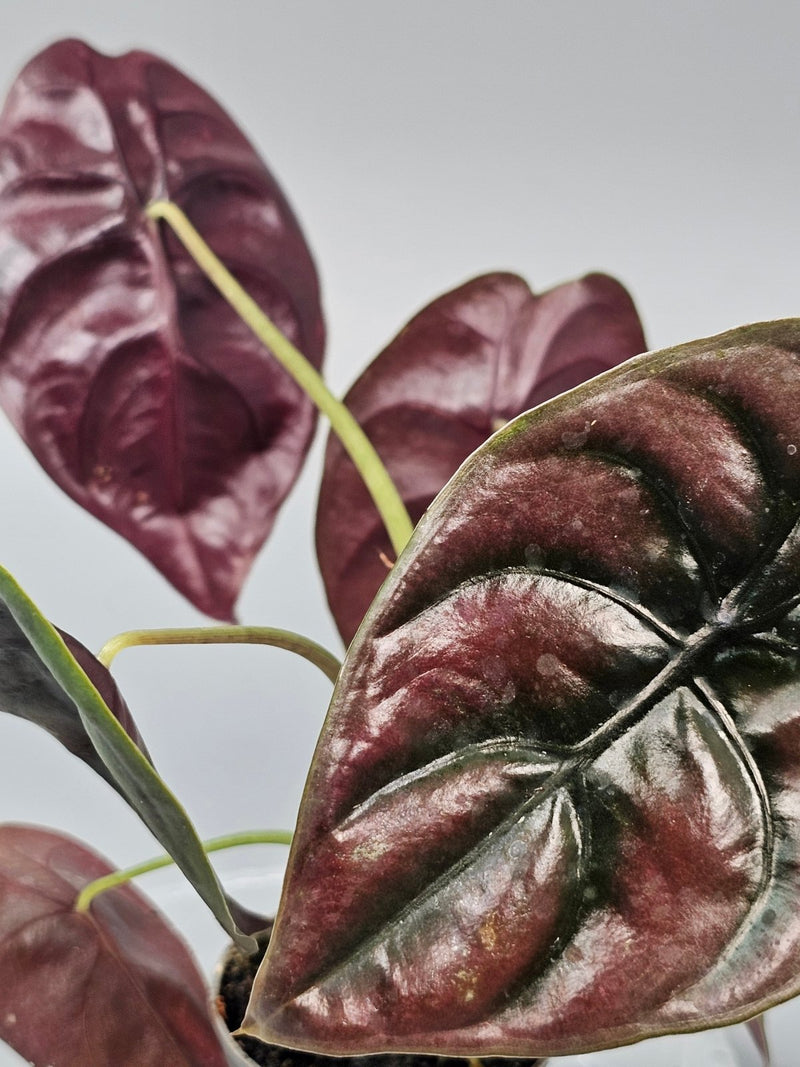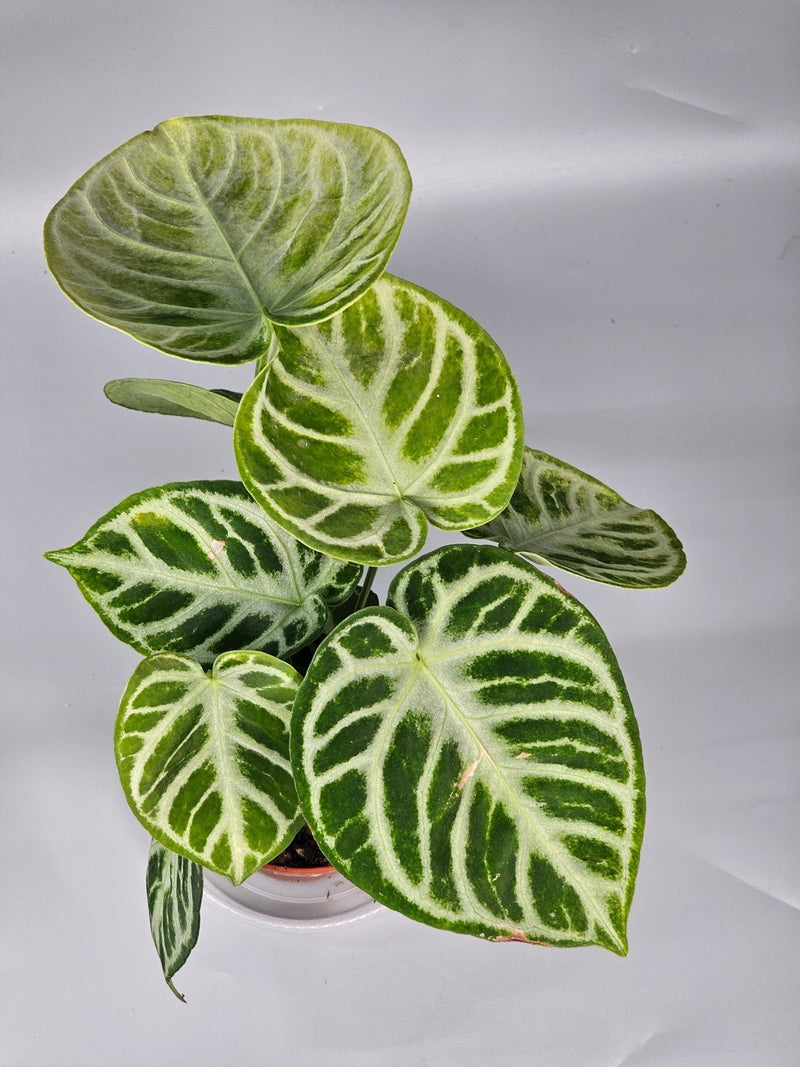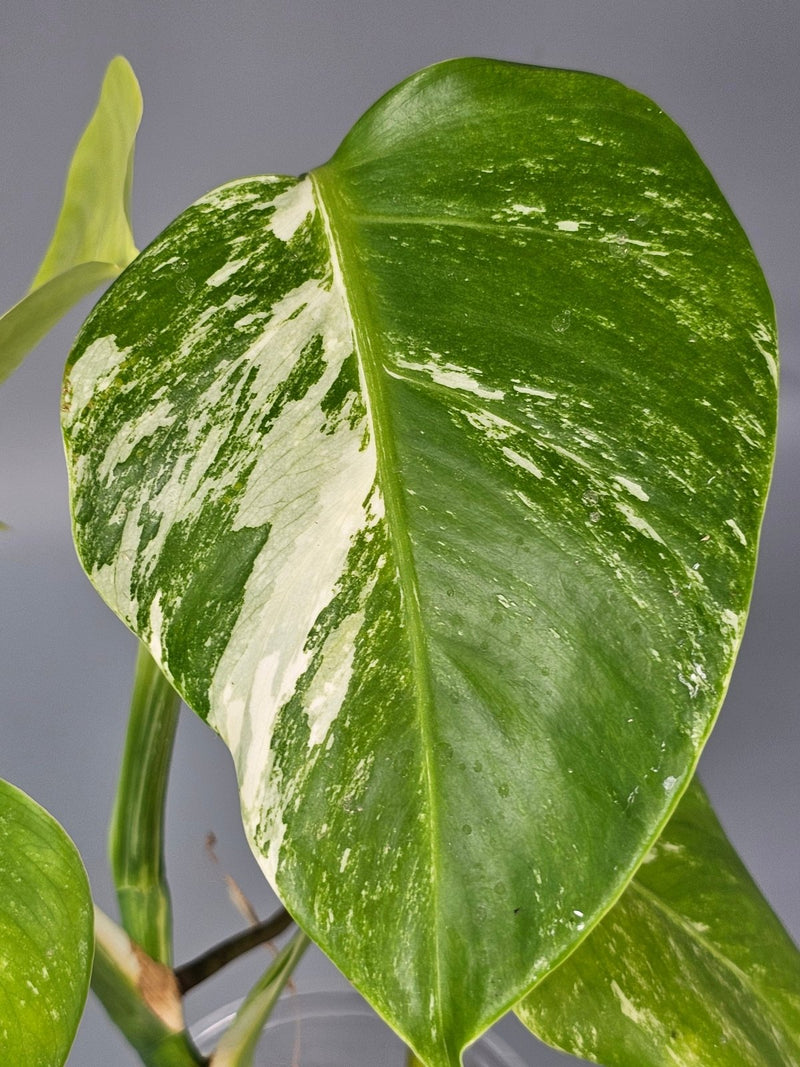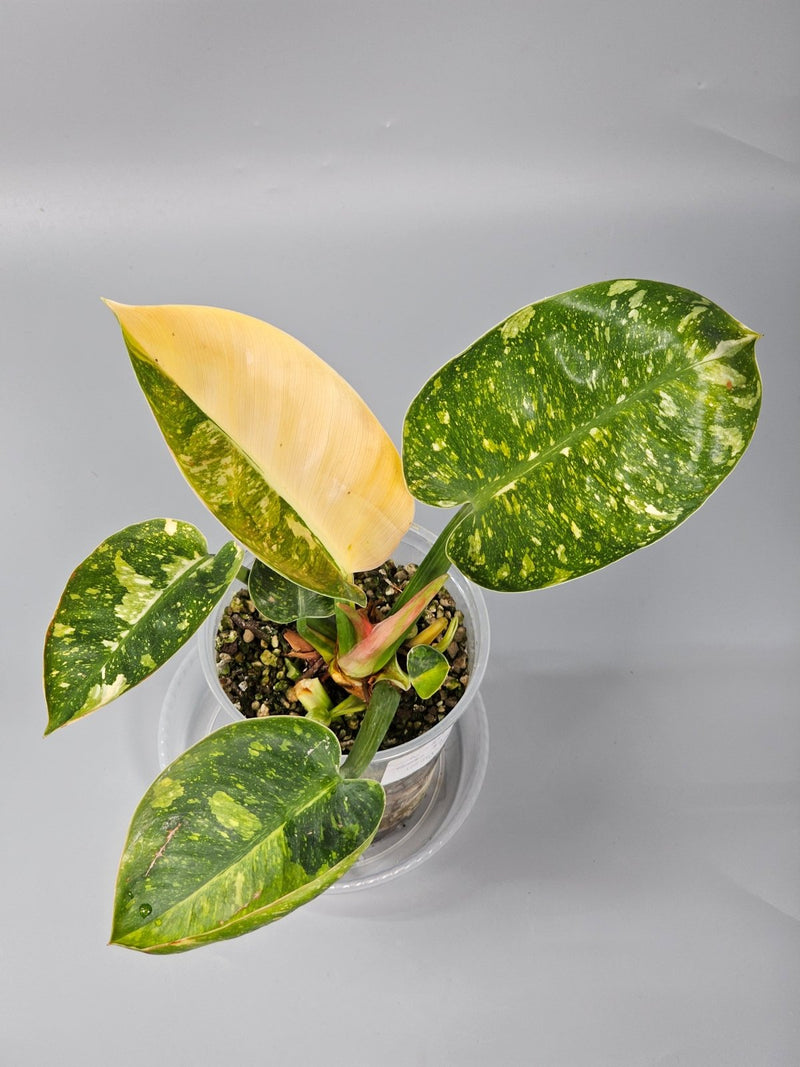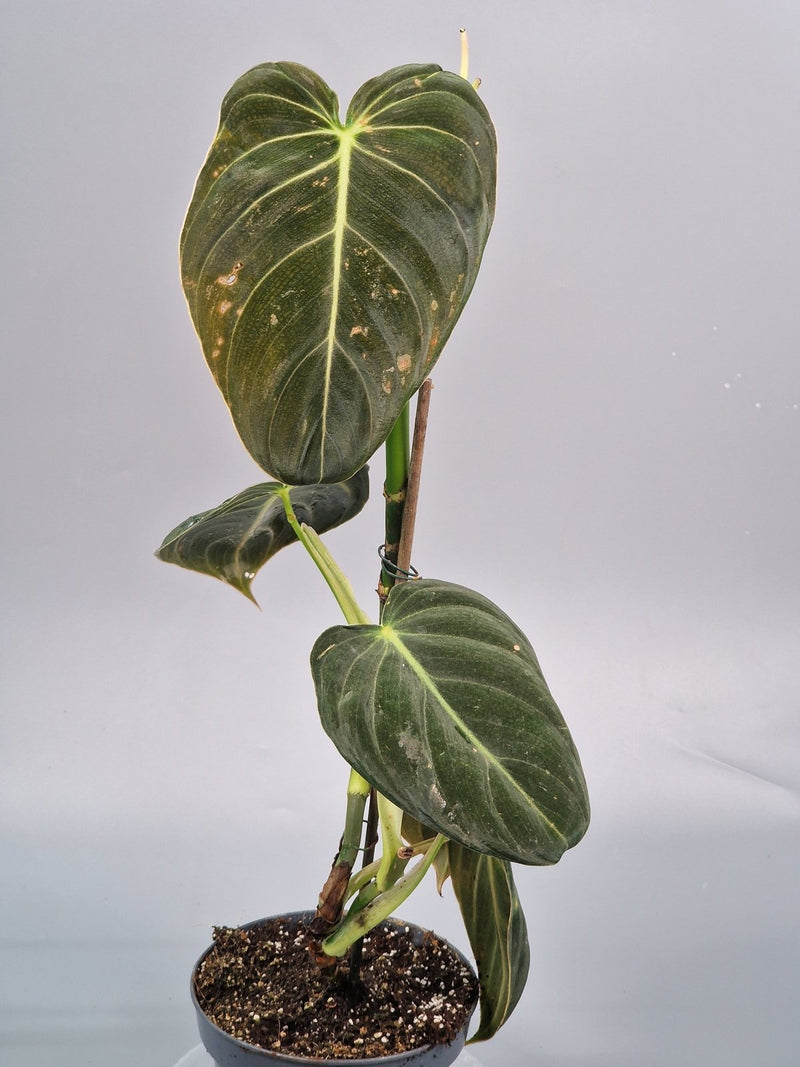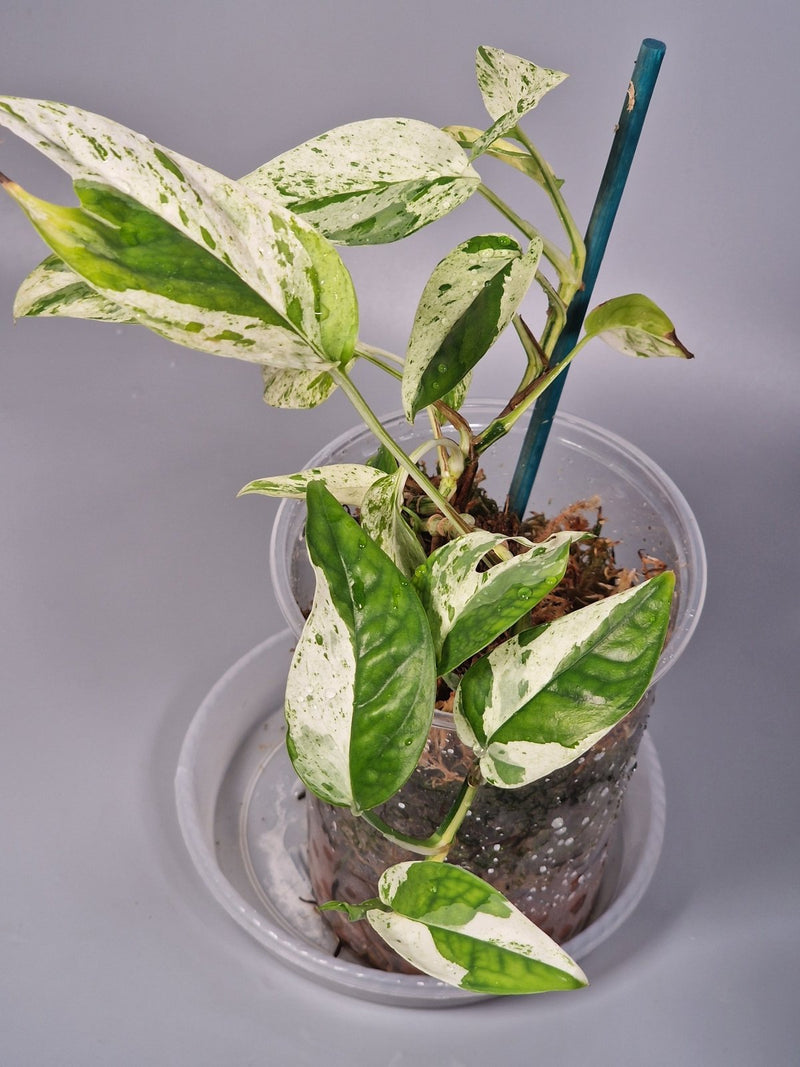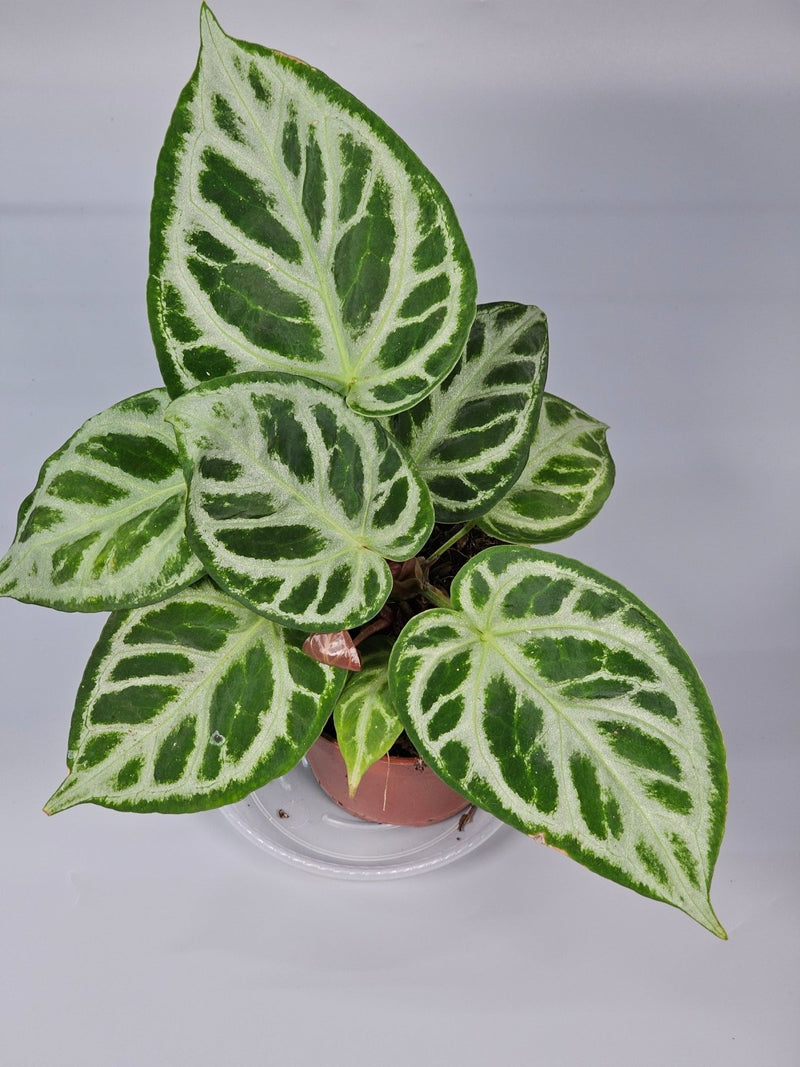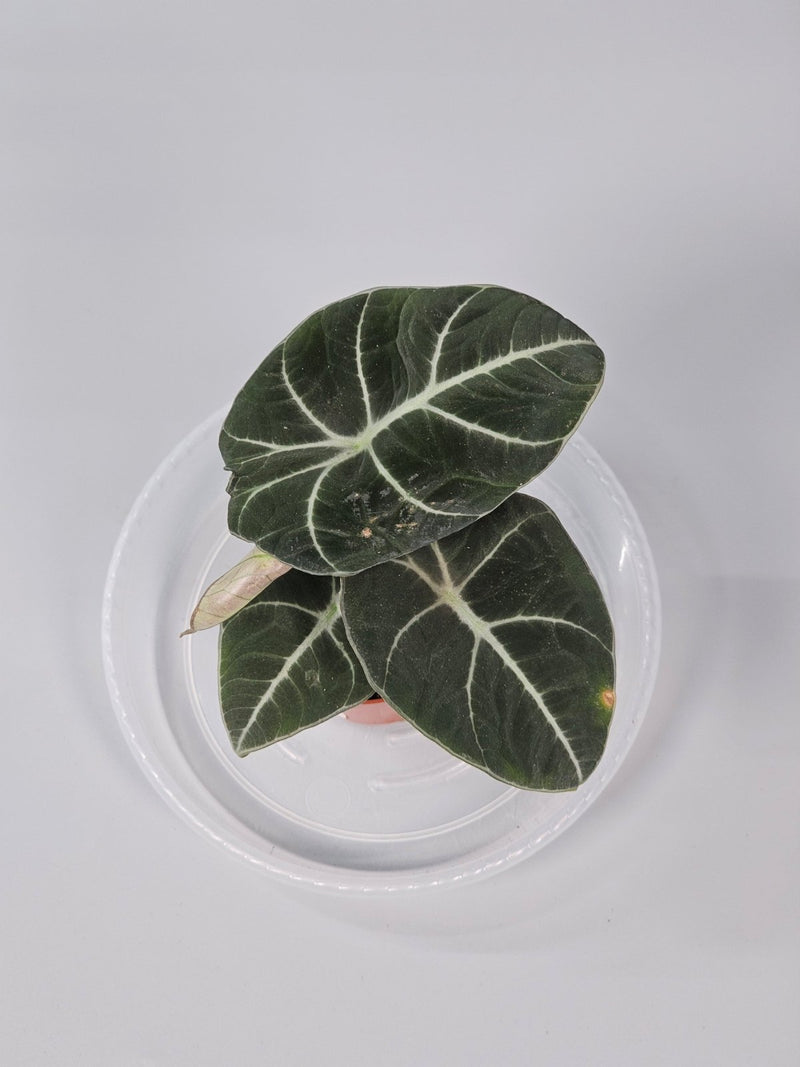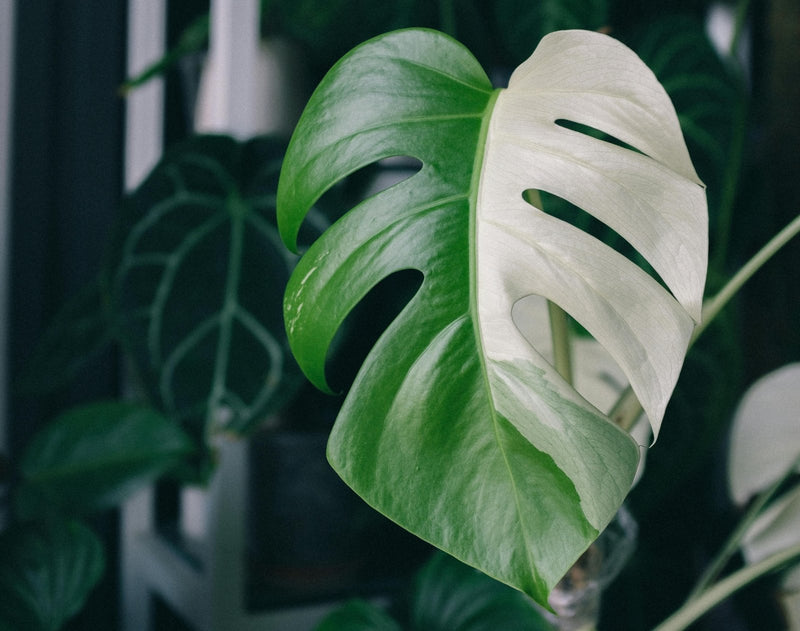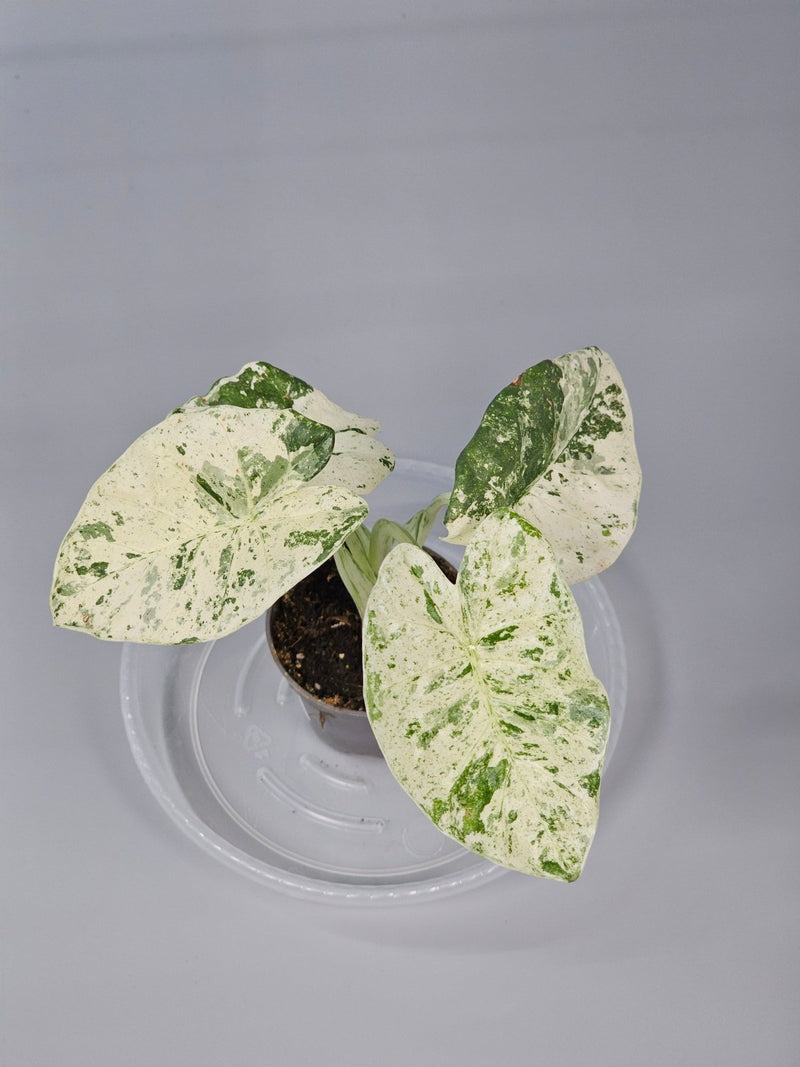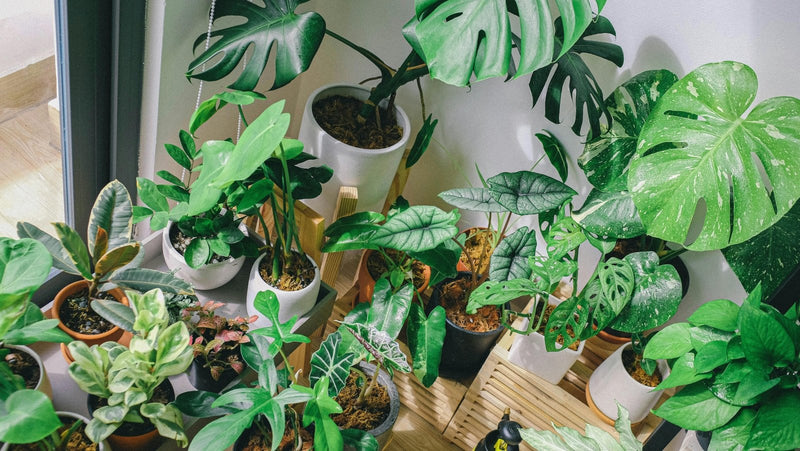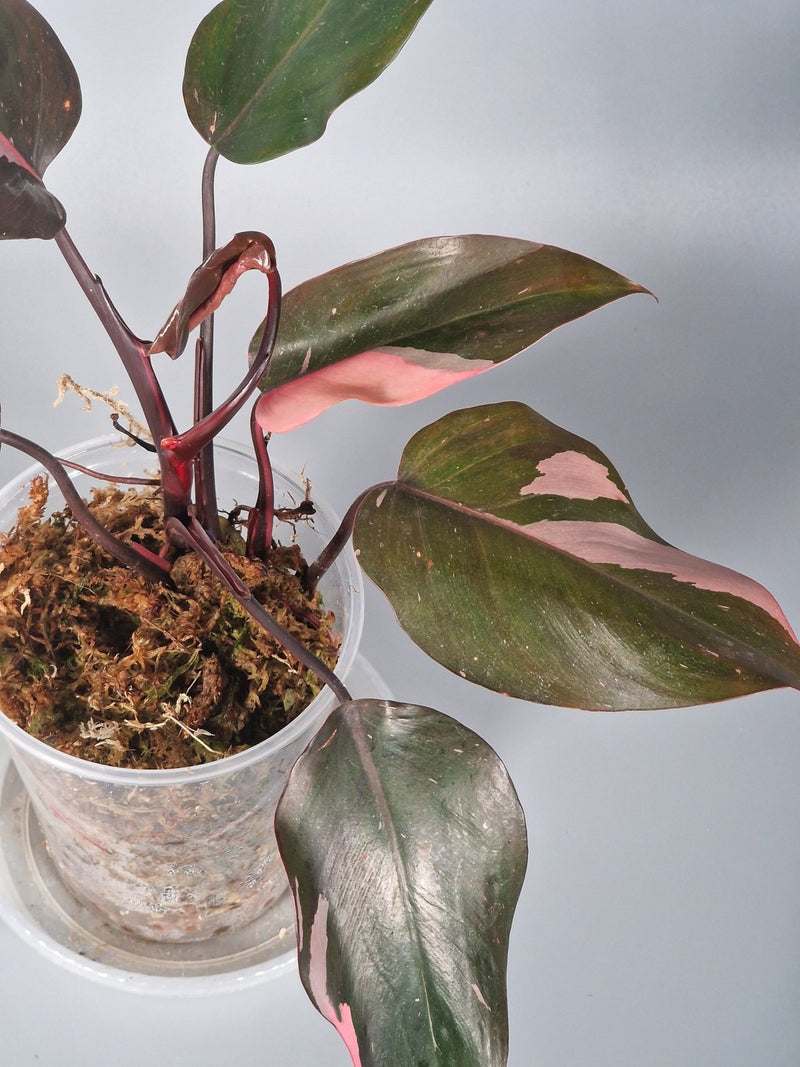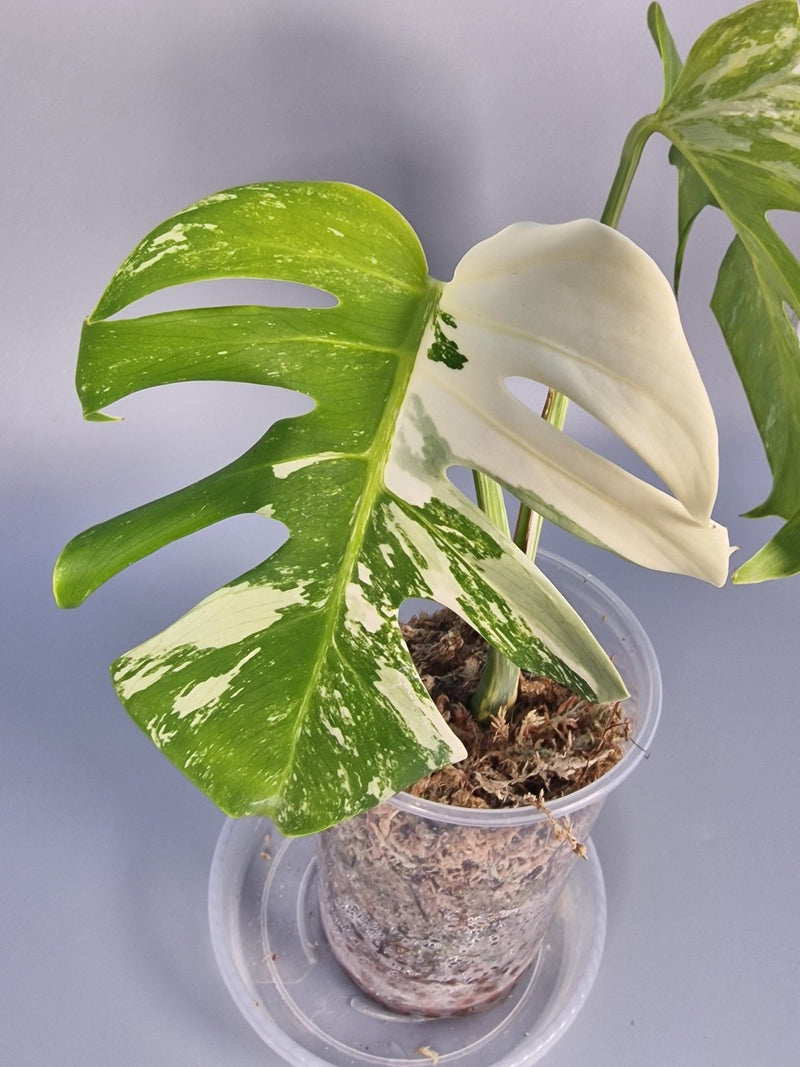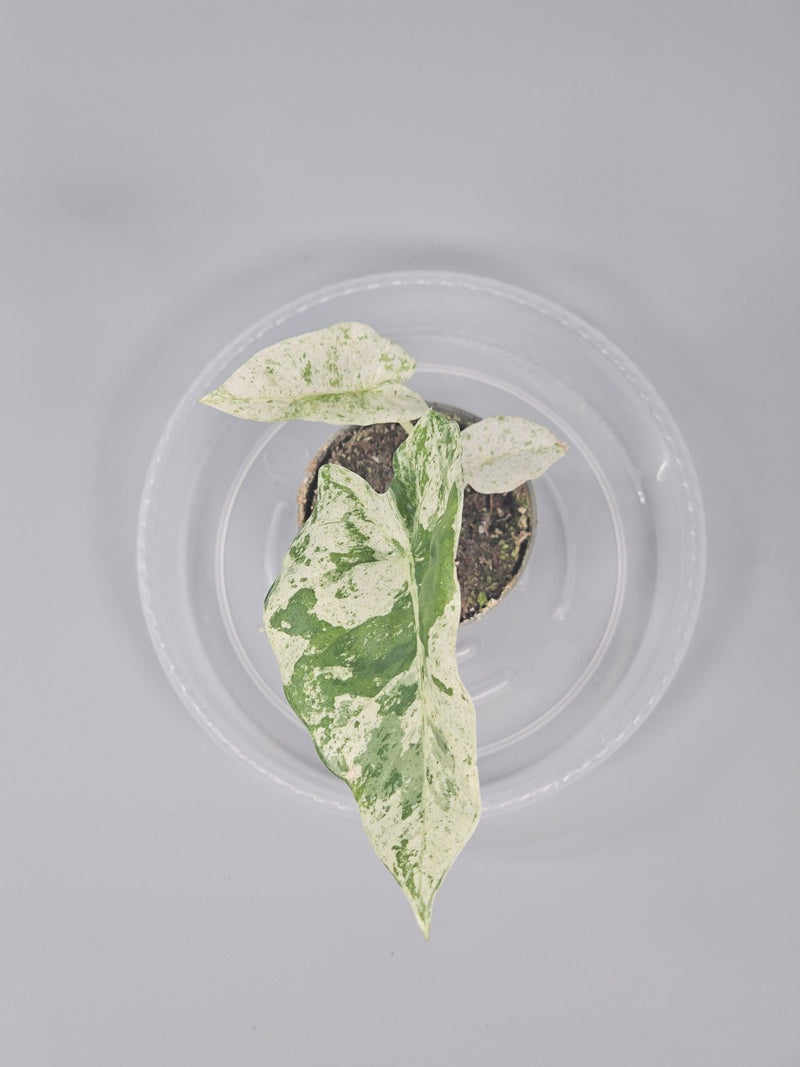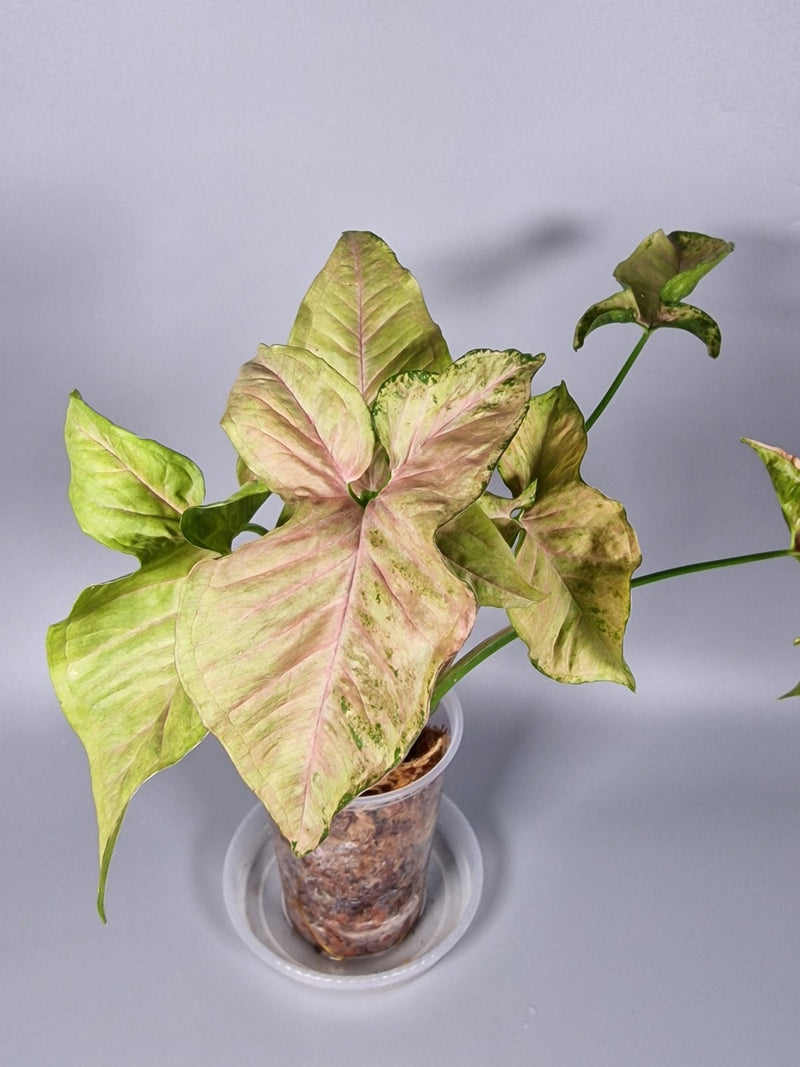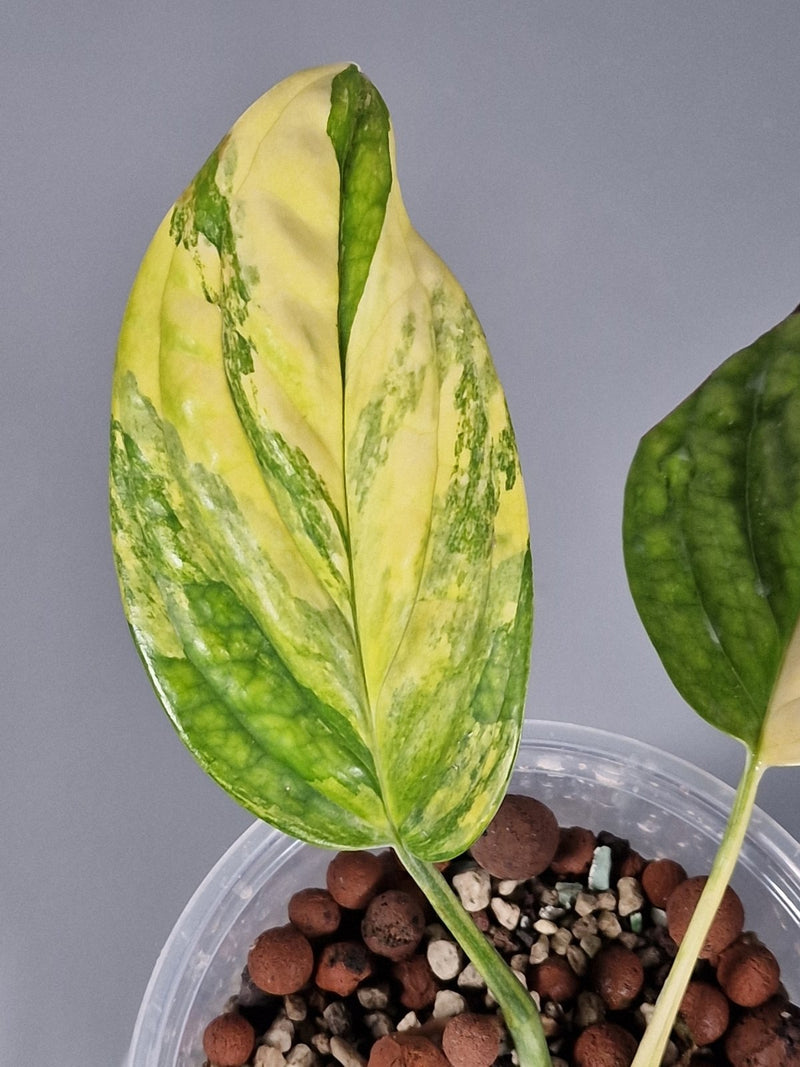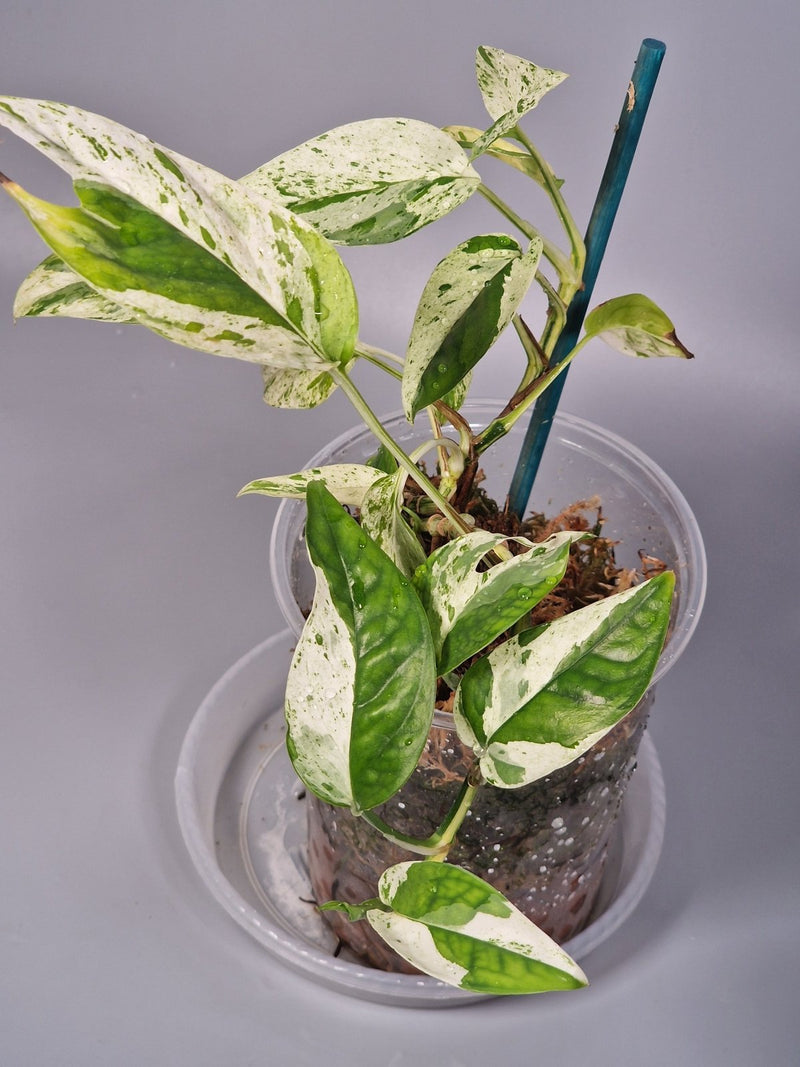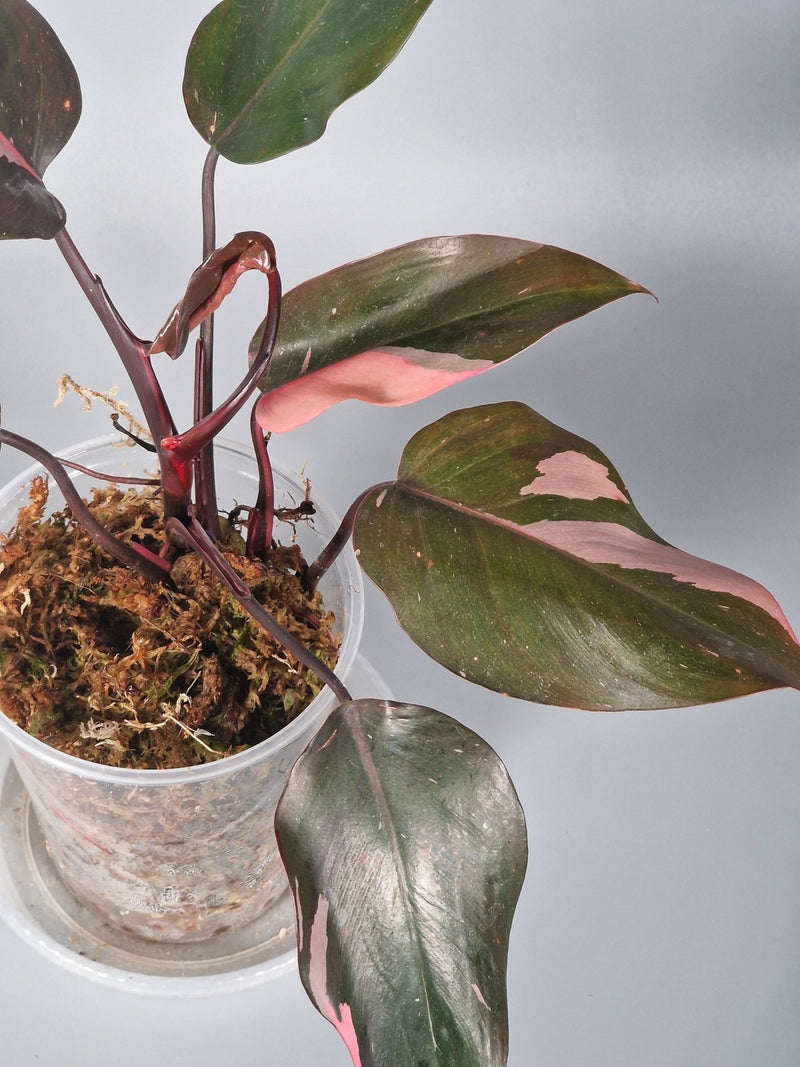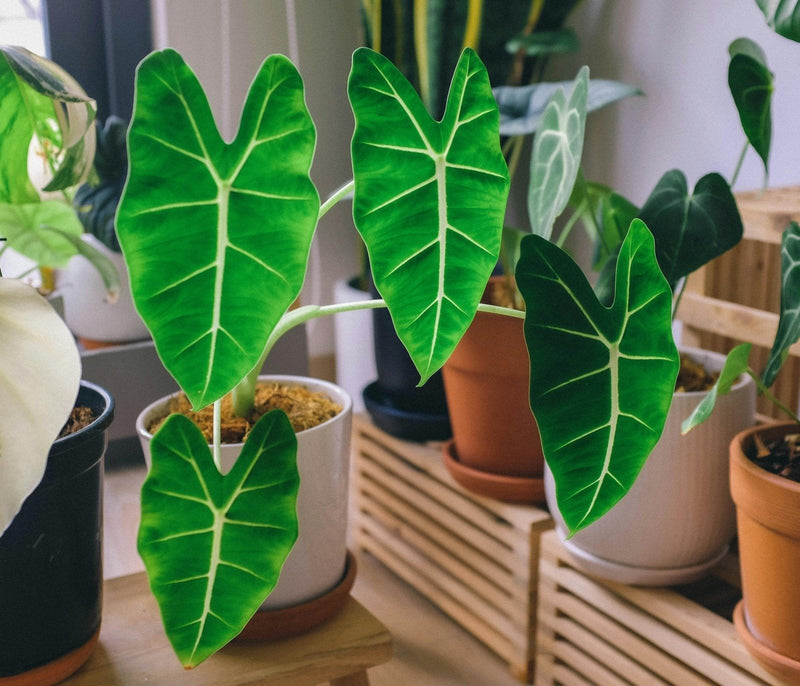How to Keep Monstera Leaves Splitting Properly
If you're a fan of rare houseplants, you've likely admired the striking appearance of Monstera deliciosa. Known for its dramatic, split leaves, the Monstera is a beloved fixture in many plant enthusiasts' collections. Ensuring those iconic splits develop properly, however, requires specific care and attention. In this guide, we'll explore practical tips to keep your Monstera thriving and its leaves beautifully split.
Understanding Monstera Leaf Development
The unique fenestrations (splits) of Monstera leaves are not just aesthetically pleasing; they have a purpose in the plant’s natural habitat—allowing light to pass through to the lower leaves in dense tropical forests. In home environments, replicating conditions conducive to this development is key to achieving healthy, split leaves.
Optimal Lighting Conditions
Light is a critical factor in the development of Monstera leaves:
- Bright, Indirect Light: Place your Monstera in a location where it can receive plenty of bright, indirect sunlight. Too much direct sun can scorch the leaves, while too little can hinder fenestration.
- Rotate Regularly: To ensure even growth and leaf development, rotate your plant every few weeks to expose all sides to light equally.
Proper Watering Technique
Watering plays a pivotal role in the health of your Monstera:
- Consistency is Key: Water your Monstera when the top inch of soil feels dry. Avoid overwatering, which can lead to root rot, a common issue in Monsteras.
- Drainage: Ensure your pot has adequate drainage to prevent excess water from sitting at the bottom.
Nutrition and Soil Health
Feeding your Monstera the right nutrients can encourage vigorous growth and impressive leaf splits:
- Use a Balanced Fertilizer: During the growing season (spring and summer), fertilize your Monstera monthly with a balanced, water-soluble fertilizer diluted to half the recommended strength.
- Rich, Well-Draining Soil: Use a potting mix designed for aroids or make your own by mixing standard potting soil with perlite and peat moss for better aeration and moisture retention.
Humidity and Temperature
To mimic the tropical conditions Monsteras love:
- High Humidity: Aim for 60% humidity or higher. Use a humidifier or place a humidity tray beneath the plant to increase moisture in the air.
- Stable Temperature: Keep your Monstera in an environment with temperatures between 18°C to 27°C. Avoid sudden temperature changes and drafts.
Pruning and Maintenance
Regular maintenance can help promote healthy leaf development:
- Pruning: Trim any dead or yellowing leaves to encourage new growth. This helps the plant focus its energy on producing healthy, new leaves.
- Cleaning Leaves: Dust can block sunlight, so wipe leaves regularly with a damp cloth.
Frequently Asked Questions
Why are my Monstera leaves not splitting?
Inadequate light is the most common reason. Consider relocating your plant to a brighter area, but avoid direct sunlight.
How fast do Monstera leaves split?
Leaf development can vary, but with optimal care, you might see new leaves every 4-6 weeks in the growing season.
Can I encourage faster leaf splitting?
Aside from providing optimal care, patience is key. Monsteras have their own growth patterns, which can't be rushed significantly.
For more detailed guidance on caring for Monsteras and other Monstera varieties, or if you’re looking to expand your collection with other rare houseplants, visit our comprehensive resources and expert tips.
Remember, each Monstera plant is unique, and its growth can be a rewarding process if given the proper care and attention. Happy gardening!


